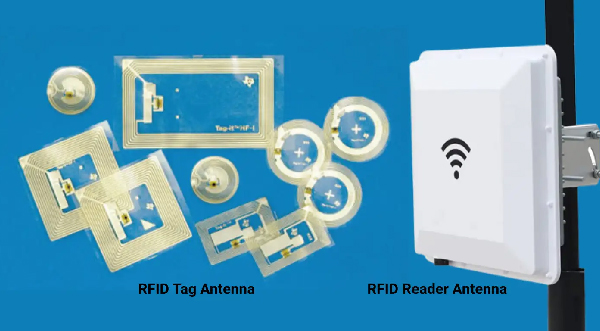Radio Frequency Identification (RFID) and Internet of Things (IoT)
The Internet of Things (IoT) is known as the third wave of the world's information industry after computers and the Internet. The Internet of Things (IoT) is an Internet network that realizes the "connection between things", realizes the interconnection of all things, makes everything intelligent, and provides more convenient services. This involves automatic identification technology, of which radio frequency identification (RFID) technology is the key.
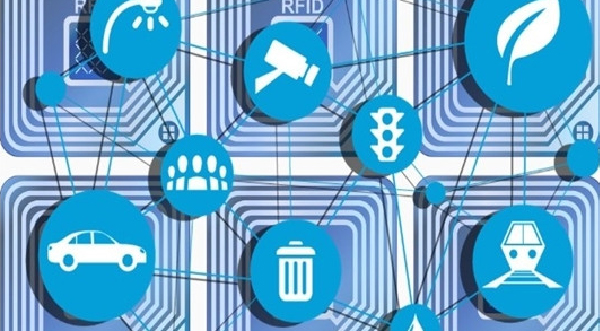 The practice of IoT dates back to Xerox's cola vending machine in 1990. In 1995, Bill Gates mentioned the concept of the Internet of Things in his book "The Road to the Future". In 1999, MIT Auto ID Center proposed a new physical Internet solution for real-time sharing of global goods information. Subsequently, in 2004, Japan and South Korea proposed corresponding concepts. At the World Summit on the Information Society (WSIS) in 2005, ITU officially proposed the concept of the Internet of Things, defined as the Internet of Things.
The practice of IoT dates back to Xerox's cola vending machine in 1990. In 1995, Bill Gates mentioned the concept of the Internet of Things in his book "The Road to the Future". In 1999, MIT Auto ID Center proposed a new physical Internet solution for real-time sharing of global goods information. Subsequently, in 2004, Japan and South Korea proposed corresponding concepts. At the World Summit on the Information Society (WSIS) in 2005, ITU officially proposed the concept of the Internet of Things, defined as the Internet of Things.
In 2009, President Obama of the United States proposed the concept of "Smart Earth", and Premier Wen Jiabao of China proposed the idea of "perceiving China". In 2015, the "Internet plus" action plan was first proposed in the work report of the Chinese government, raising IoT to a new height again. In 2018, with the development of artificial intelligence (AI), IoT and AI formed the strongest team, and IoT was upgraded to AIoT. The Internet of Things entered a new track with 5G and AI technologies.
From the essence of the Internet of Things, there are three levels of requirements: automatic identification and mutual communication of front-end entities; Internet network for data transmission; Intelligent processing of backend data. The automatic recognition and mutual communication of front-end entities are the foundation and focus of the entire IoT architecture. In fact, automatic recognition technology has been developing for a long time. With the continuous development of computer technology, combined with sensor technology, positioning technology, and so on, it has become the core technology of the Internet of Things.
Automatic recognition technology is the use of machines to recognize physical objects. Simply put, it is the use of recognition devices to automatically obtain relevant information of recognized entity objects through their activities. For example, there are many applications of identification technology in our lives, such as barcode identification for shopping in supermarkets, two-dimensional code identification for WeChat scanning on Alipay, biometric authentication identification such as fingerprint iris, magnetic card identification such as bank card or credit card, campus card or bus subway card identification, image identification technology and radio frequency identification technology.
Radio frequency identification technology (RFID) is also an automatic identification technology, which obtains relevant information of physical objects through wireless radio frequency signals and identifies them. Radio frequency identification technology is a non-contact, real-time, fast, efficient, and accurate automatic identification technology for collecting and processing physical object information. Radio frequency identification uses electronic tags to identify a physical object and RFID readers to receive data from the physical object. RFID has strong anti-interference ability, can recognize high-speed moving physical objects, and can also simultaneously recognize targets of multiple physical objects.
Radio frequency identification technology developed in radar technology in the 1940s and has undergone more than 70 years of development. Radio frequency identification technology is now widely used in various fields of society. For example, real-time monitoring and tracking of production in the manufacturing field, goods tracking and express delivery in the logistics field, mobile payment in the electronic payment field, real-time monitoring and tracking in the environmental monitoring field, electronic product interconnection communication in the smart home field, as well as many applications in retail, healthcare, agriculture, and public service fields.
The development of the Internet of Things and radio frequency identification technology has now enabled the rapid realization of smart cities and smart homes, smart earth, and perception in China.


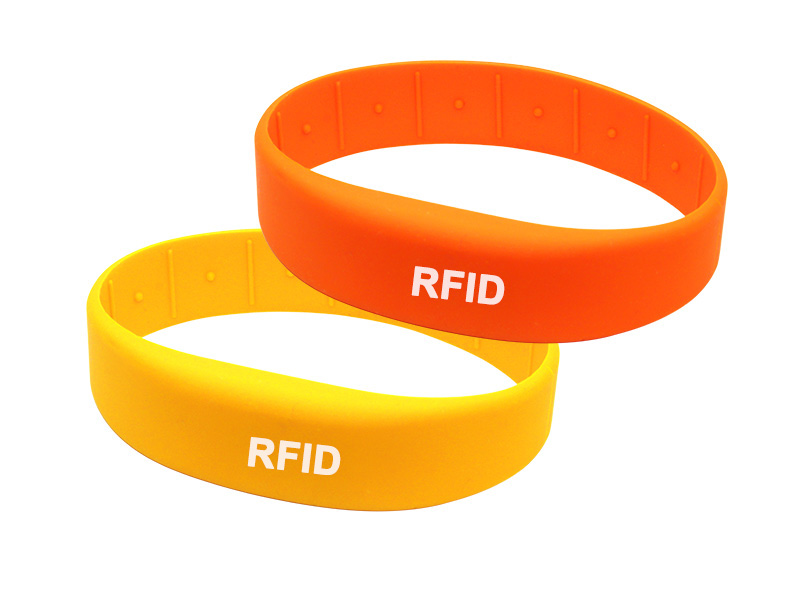
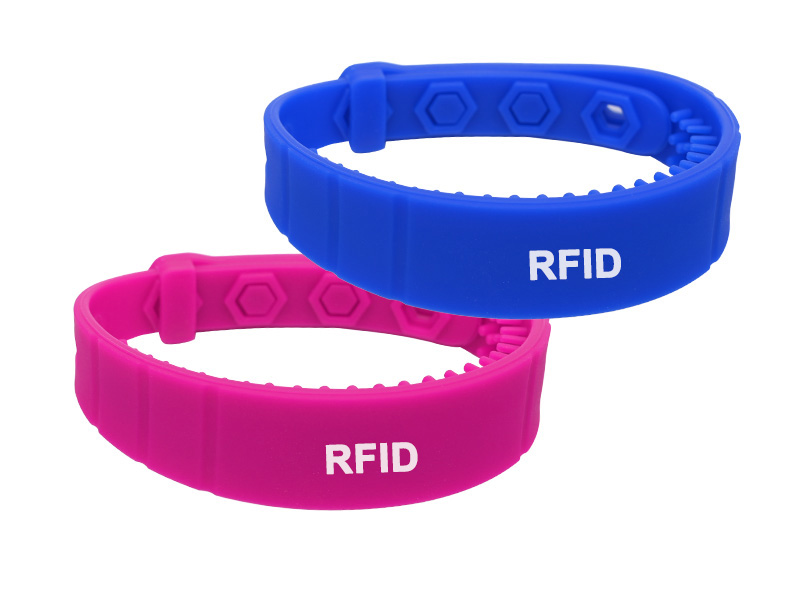
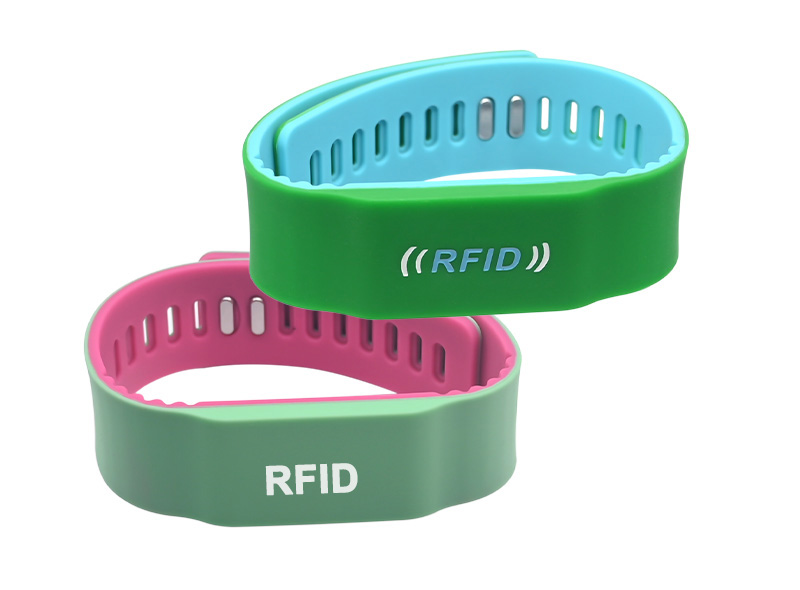


 The practice of IoT dates back to Xerox's cola vending machine in 1990. In 1995, Bill Gates mentioned the concept of the Internet of Things in his book "The Road to the Future". In 1999, MIT Auto ID Center proposed a new physical Internet solution for real-time sharing of global goods information. Subsequently, in 2004, Japan and South Korea proposed corresponding concepts. At the World Summit on the Information Society (WSIS) in 2005, ITU officially proposed the concept of the Internet of Things, defined as the Internet of Things.
The practice of IoT dates back to Xerox's cola vending machine in 1990. In 1995, Bill Gates mentioned the concept of the Internet of Things in his book "The Road to the Future". In 1999, MIT Auto ID Center proposed a new physical Internet solution for real-time sharing of global goods information. Subsequently, in 2004, Japan and South Korea proposed corresponding concepts. At the World Summit on the Information Society (WSIS) in 2005, ITU officially proposed the concept of the Internet of Things, defined as the Internet of Things.
